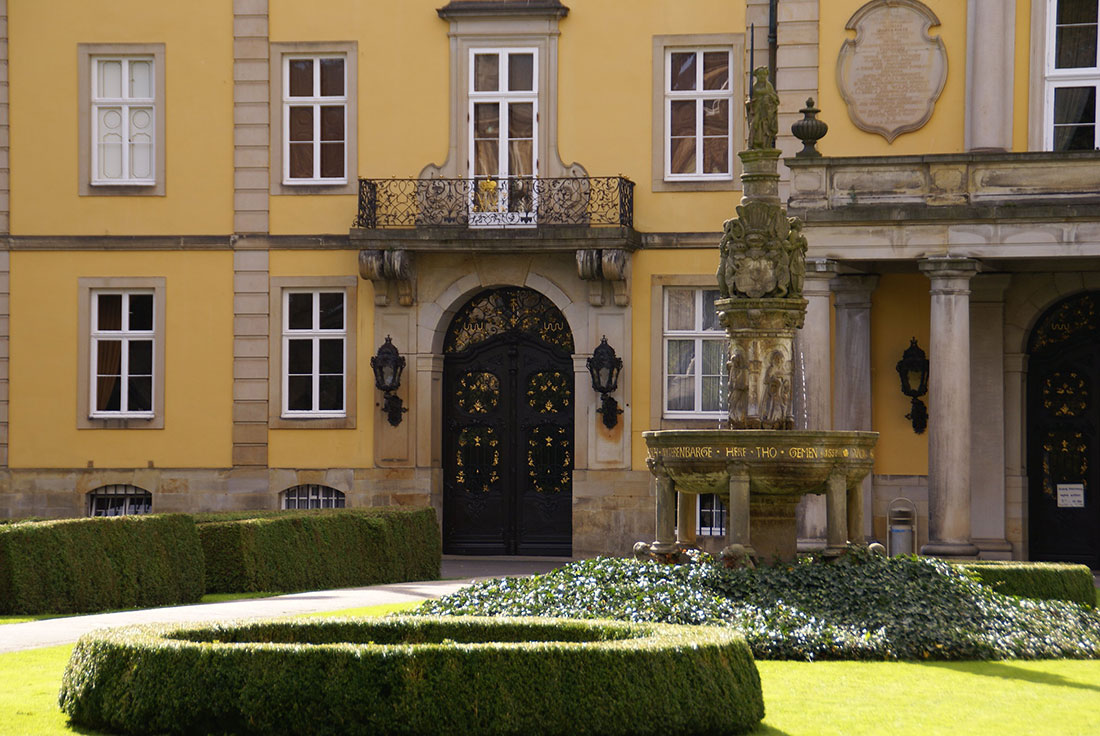An old building picturesquely surrounded by water, a park of more than 80 hectares and an old town in the neighborhood – all this is one of the most romantic locations in Lower Saxony. For more than 700 years, Bückeburg Palace has been a living reflection of time. Its historic state rooms and vast park, as well as the largest private mausoleum in the world with its majestic golden dome, are impressive witnesses to a glorious past.
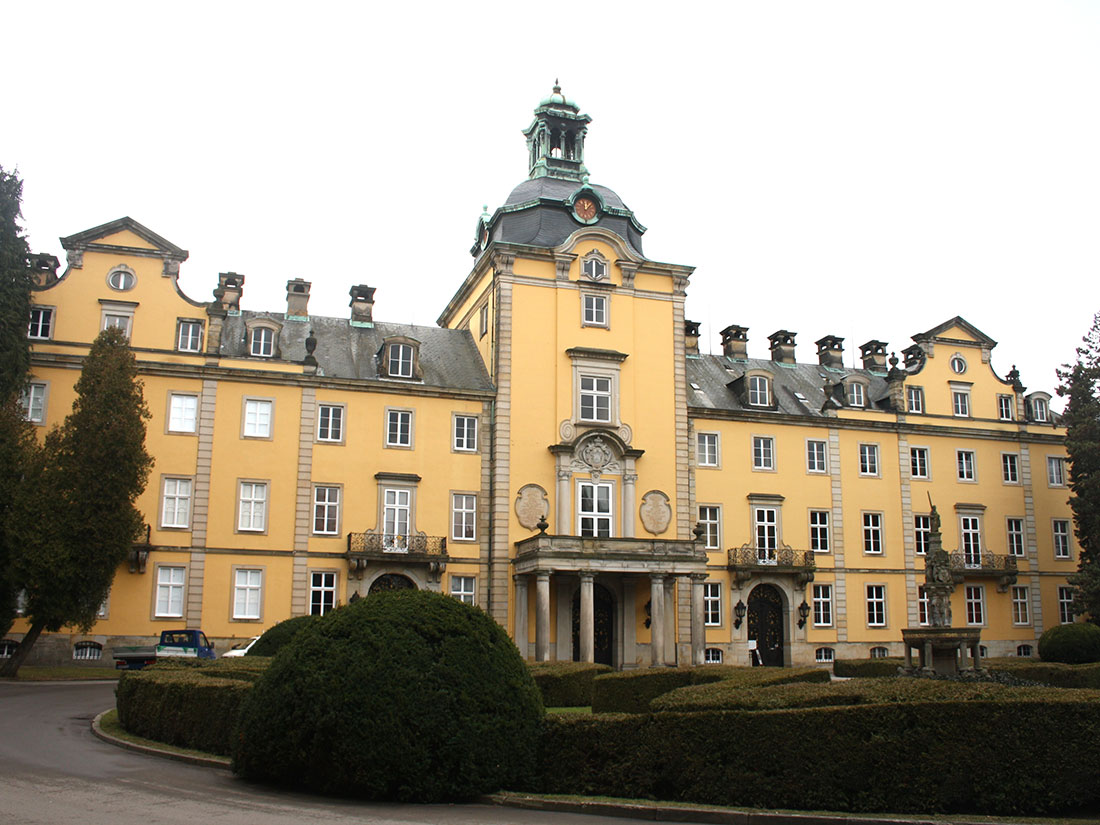
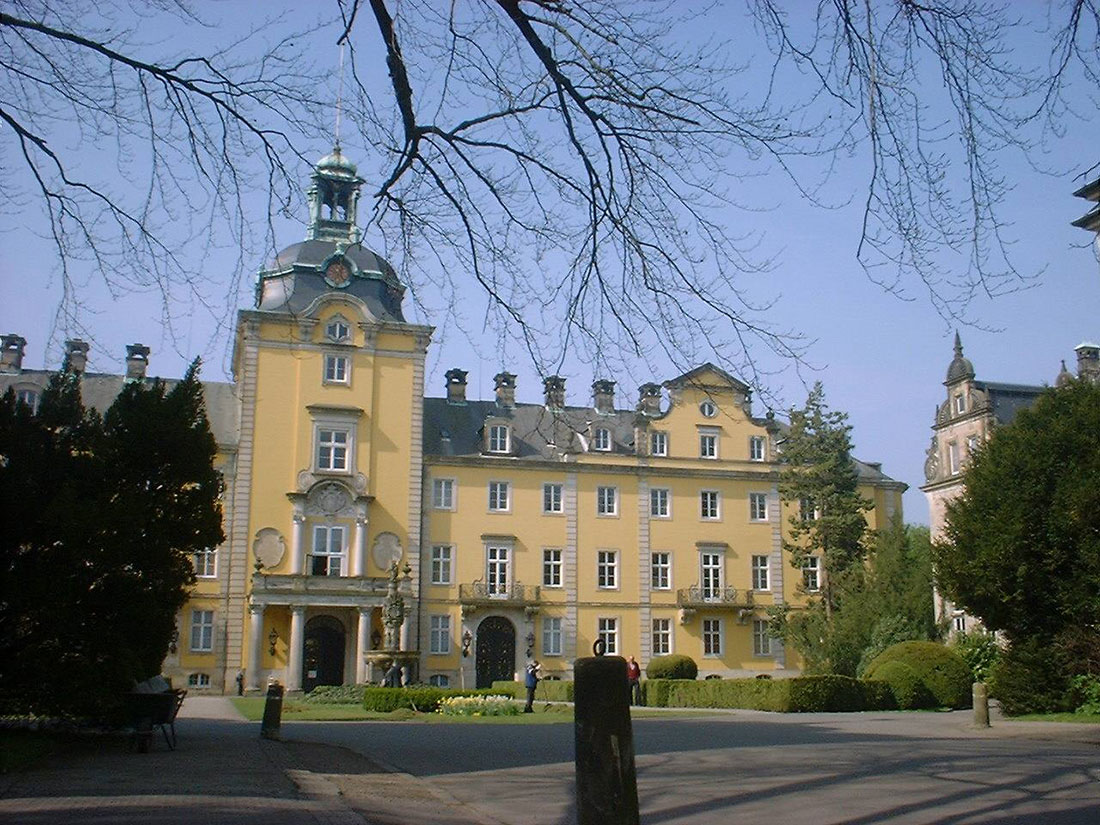
For more than 700 years, Bückeburg Palace has belonged to the family of the counts of Holstein-Schaumburg, later the princes of Schaumburg-Lippe. The current building is a Renaissance palace with historic halls and rooms whose furnishings span four centuries
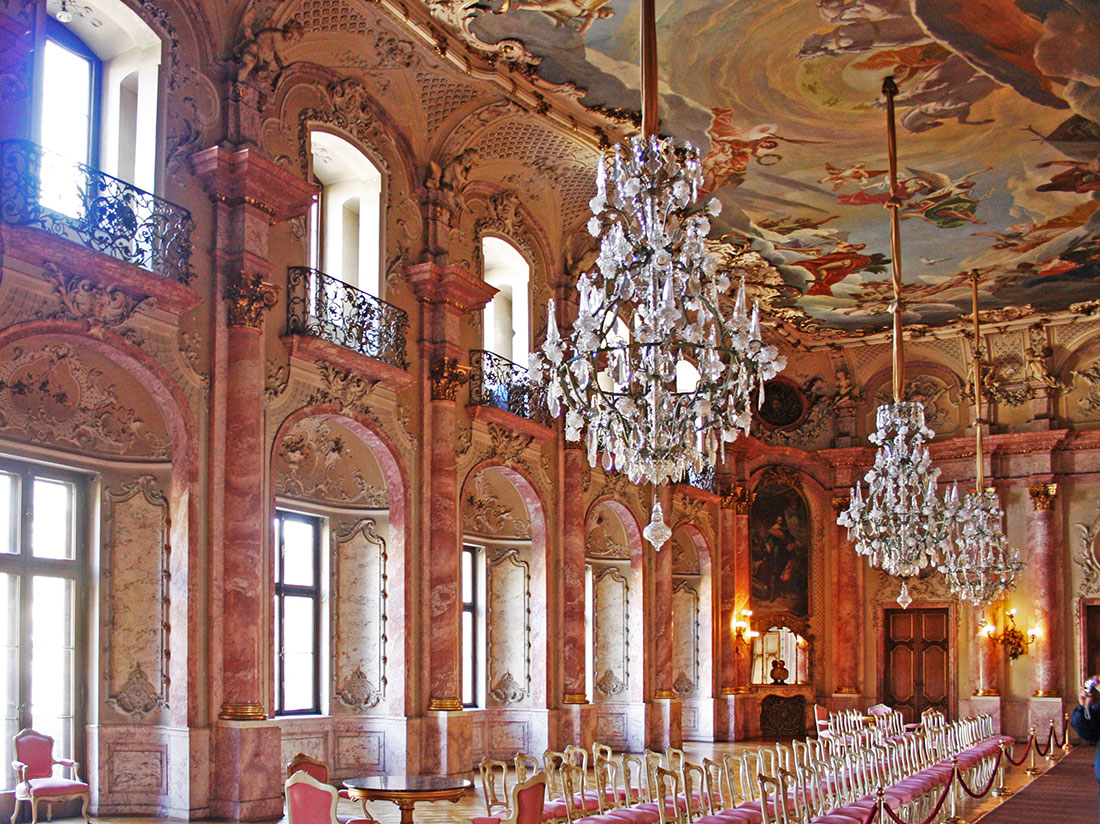
The first documentary mention of Bückeburg Palace was made in the 14th century, but the construction of the luxurious Renaissance residence was started only in 1560.
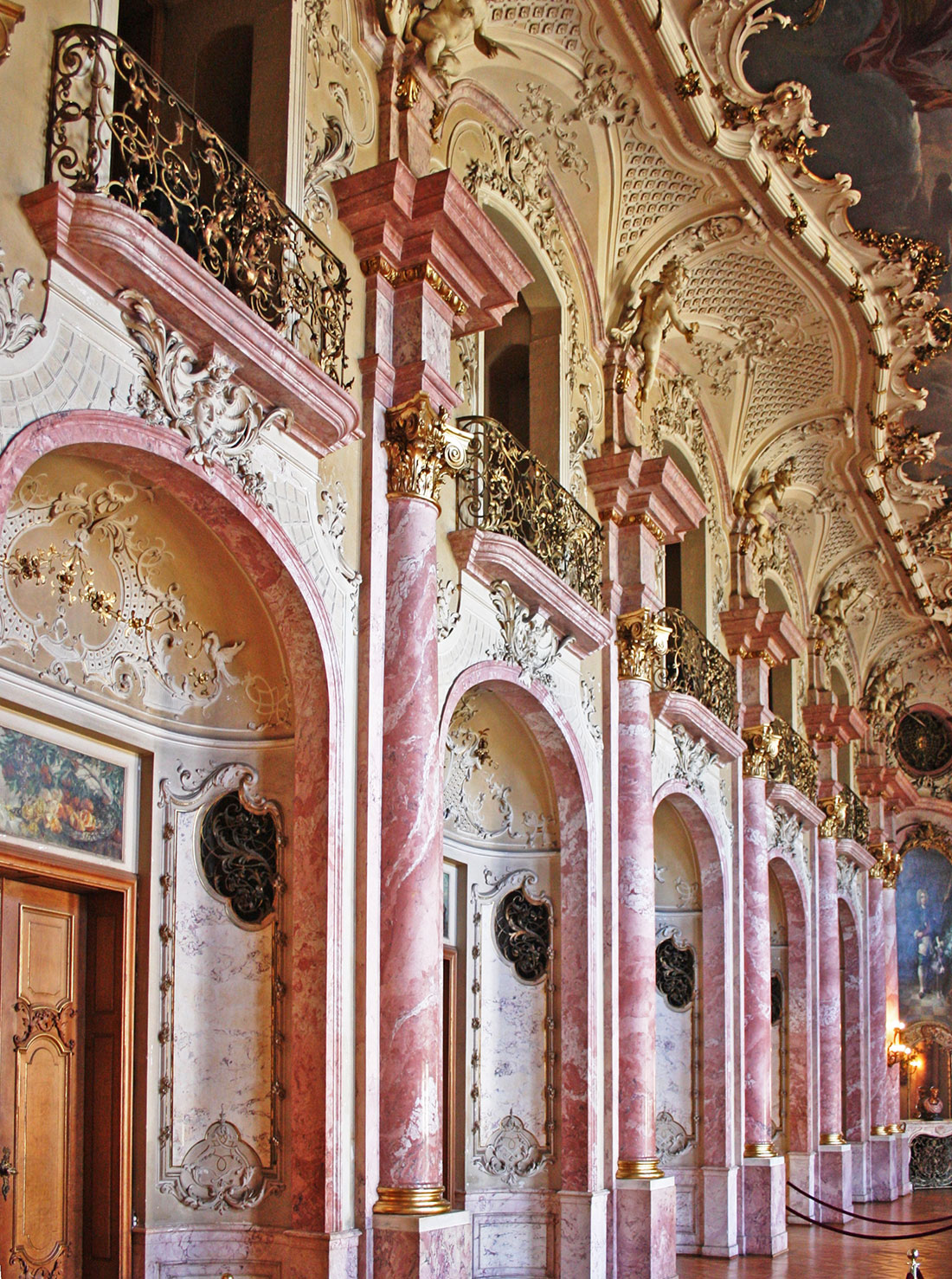
The oldest building in the complex is a residential and defensive tower built in 1304 by the counts of Holstein-Schaumburg to guard the Hellweg trade route. Gradually, the small complex was expanded and fortified with ditches, gates and bridges.
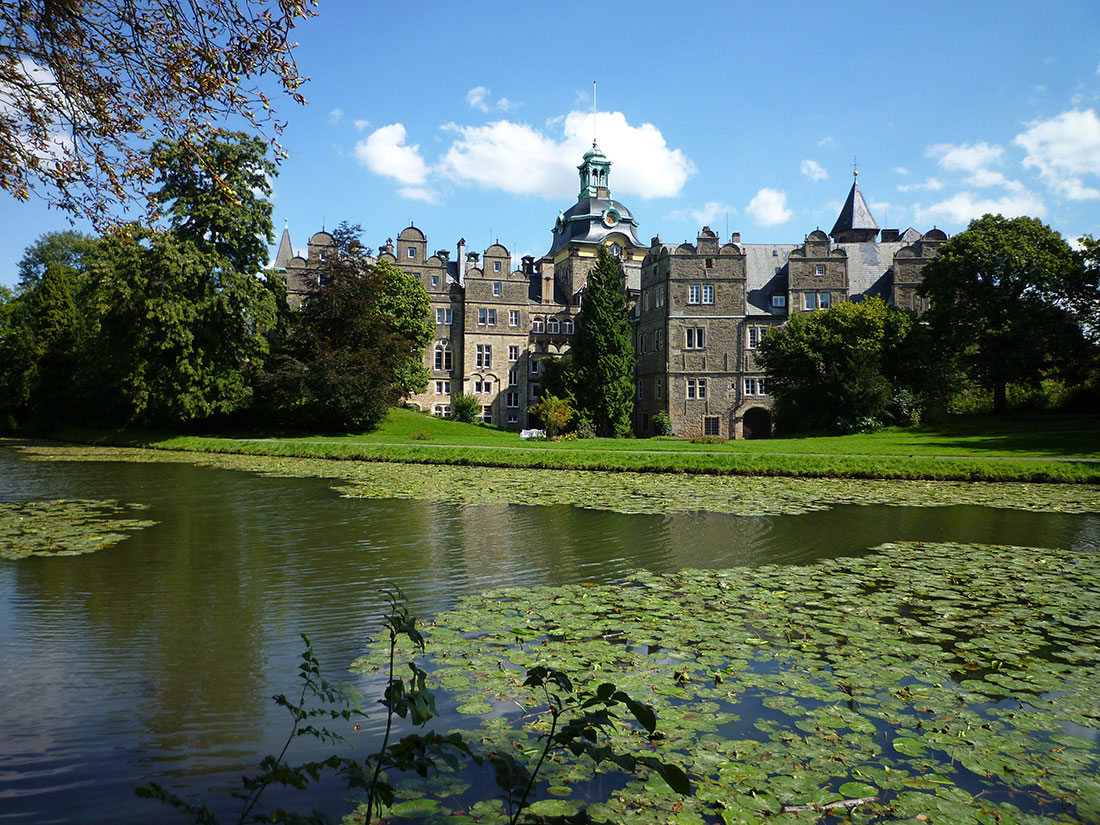
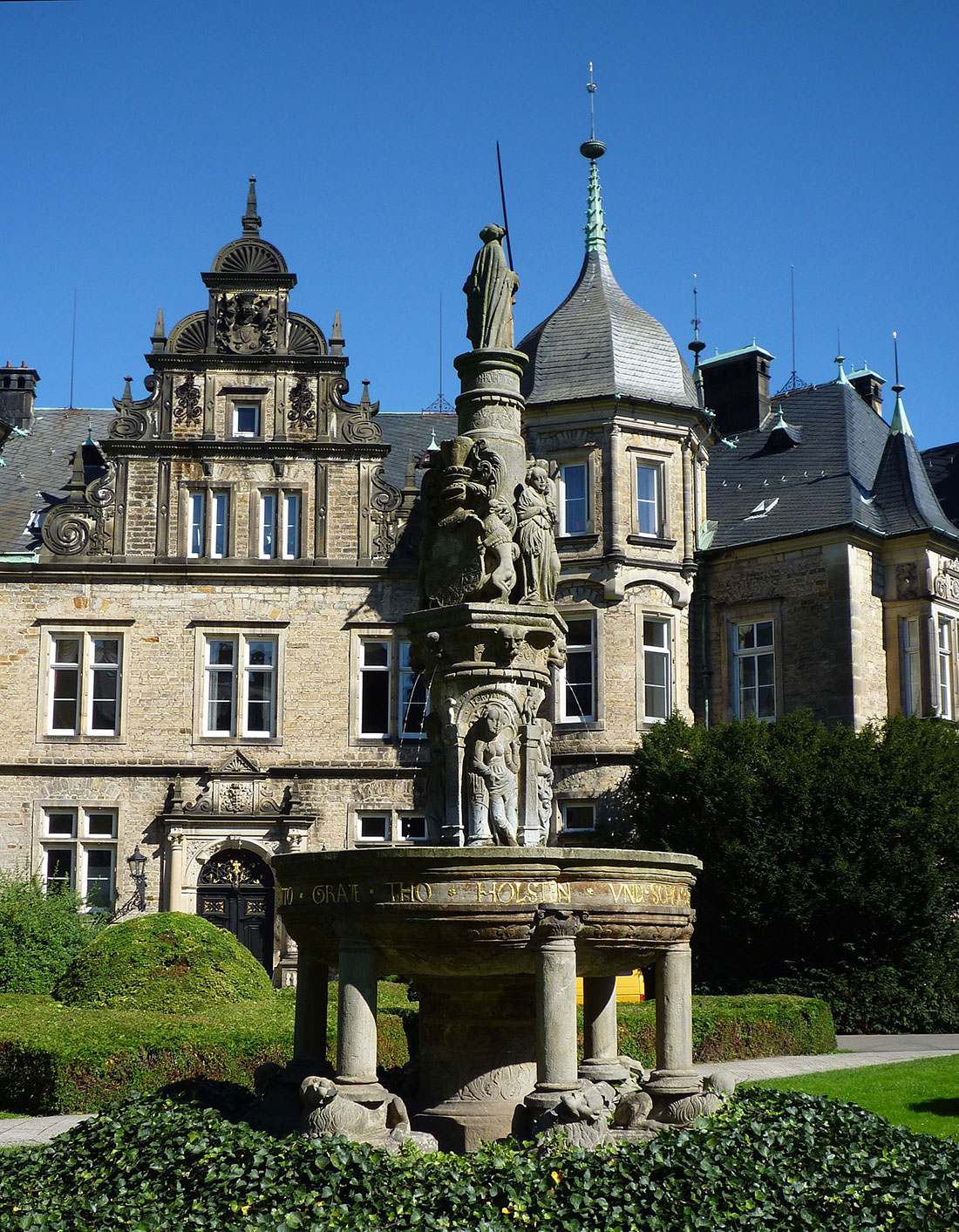
One of the most important stages in the history of construction fell on the period from 1560 to 1622, when the medieval fortress was transformed into a luxurious residence in the Renaissance style. This happened under Otto the Fourth and his son Ernst.
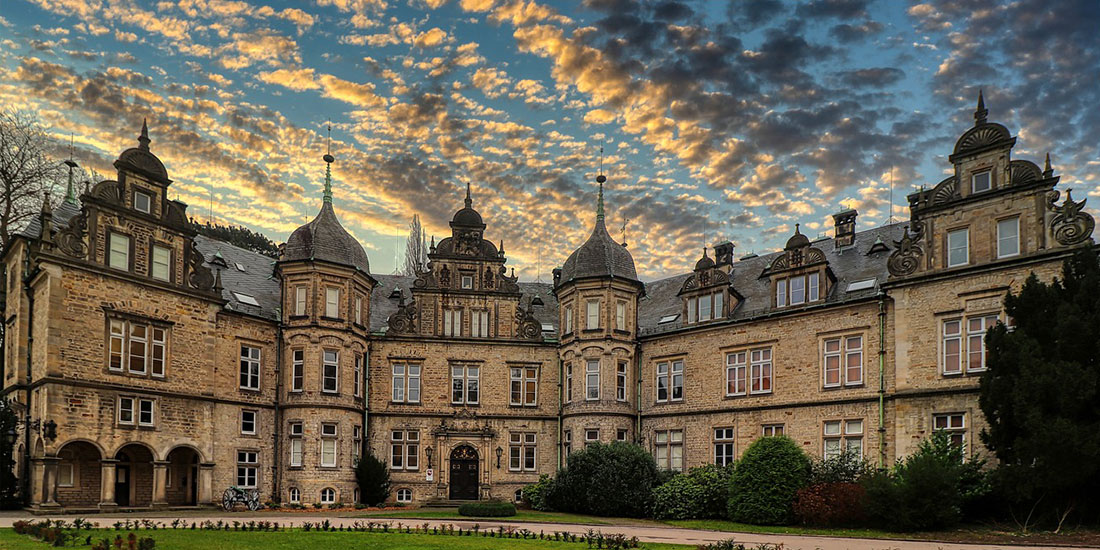
After a fire in the palace in 1732, the façades and interior were restored in the early Baroque style, while inspiration for the new wing was taken from the neo-baroque and neo-rococo.
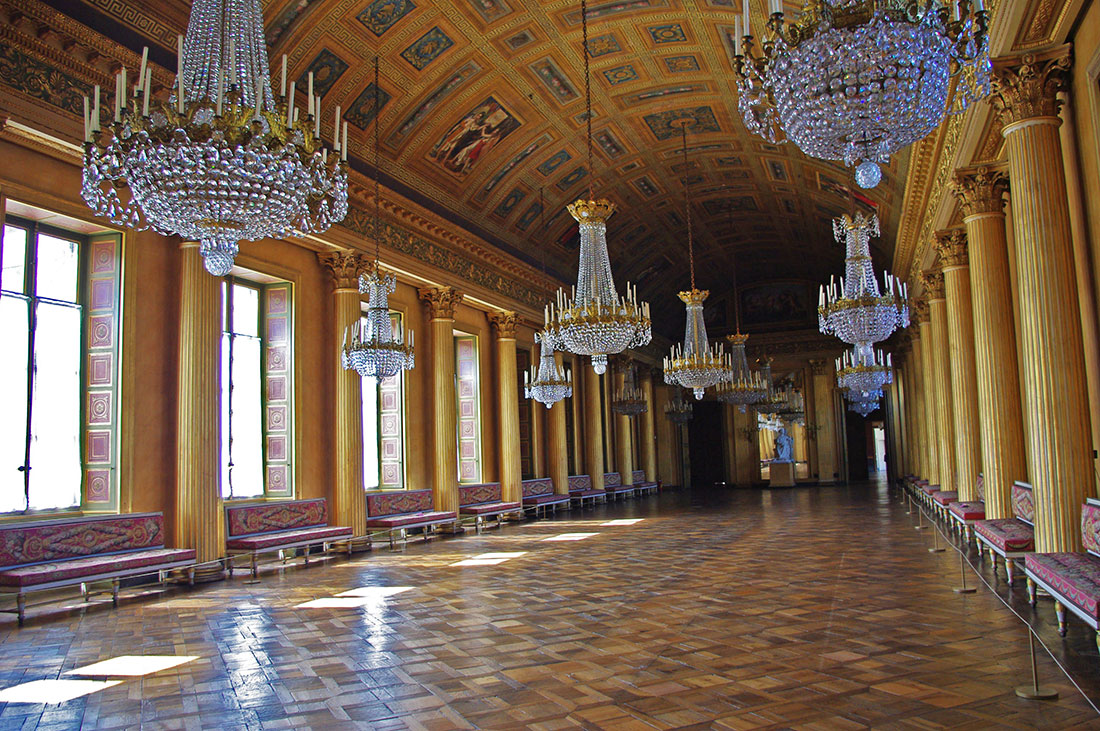
The private park surrounds the world’s largest private mausoleum, dominated by a glittering gilded dome. The building was modeled after the Roman Pantheon in 1915. The golden mosaic on the ceiling of the dome is the second largest in the world after Hagia Sophia in Istanbul.

